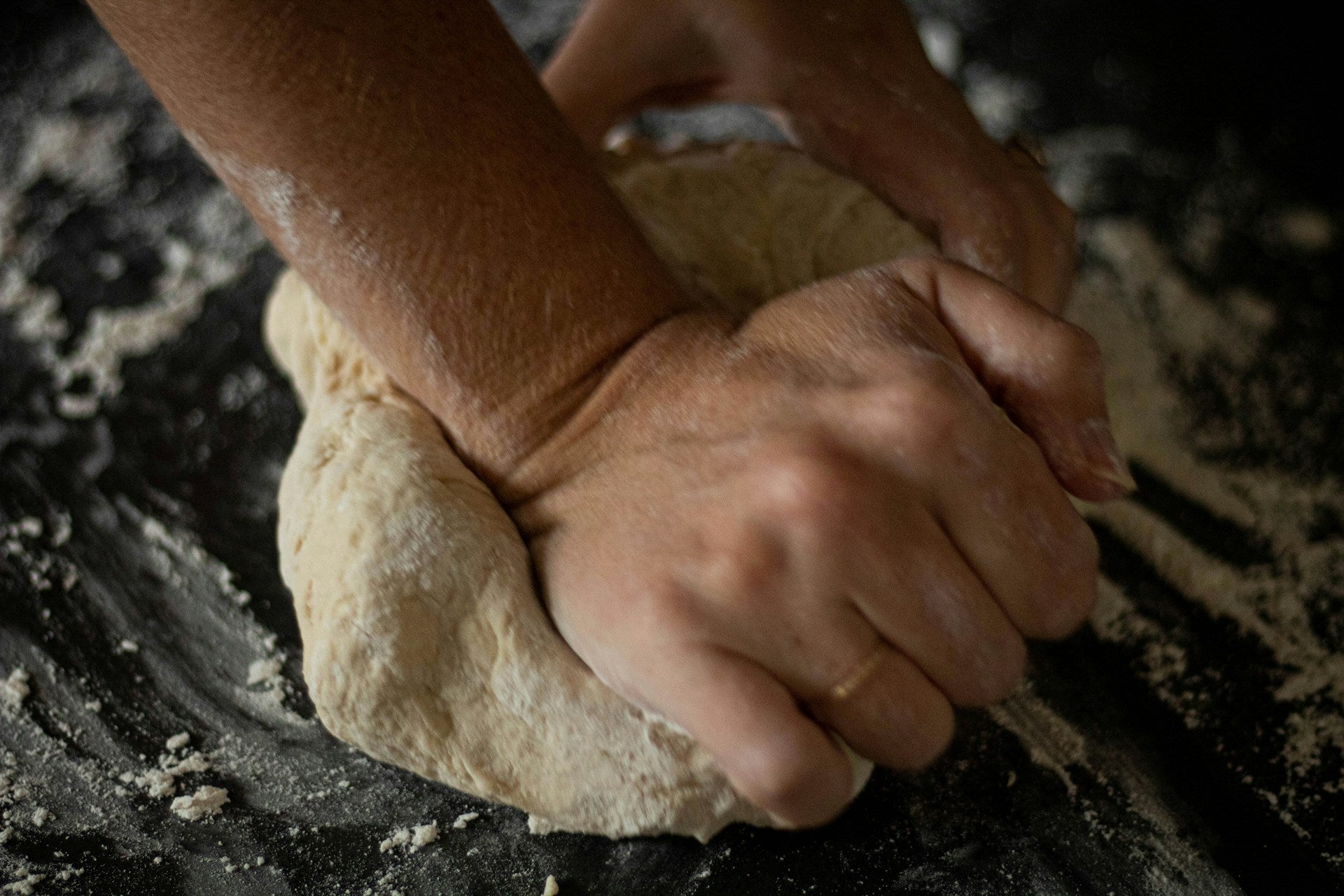
Making the Most of Your Frozen Pizza Dough: A Comprehensive Guide
Have you ever found yourself with a surplus of pizza dough? It happens to the best of us. The good news is that you don't have to let that extra dough go to waste. Freezing pizza dough is a simple solution, but there are a few key steps to ensure that when you're ready to make pizza, the results are as delicious as the day you made the dough.
Freezing Process
The first crucial step is to freeze the dough at the right time. It should be at the point where it has completed its fermentation schedule, ready to be transformed into a mouthwatering pizza. Freezing dough that hasn't finished its fermentation can lead to undesirable effects on the yeast, affecting the dough's quality. So, make sure your dough is at its peak before freezing.
For freezing, consider using Pyrex glass containers. Lightly grease the container with olive oil, transfer the dough ball, and add a little extra olive oil on top for good measure. For additional protection against freezer burn, a layer of plastic wrap can be added. This step is particularly useful if you plan to leave the dough in the freezer for an extended period.
Your dough can stay frozen in this state for one to three months, offering flexibility for future pizza cravings.
Thawing and Preparation
When you're ready to use your frozen dough, plan ahead. Take it out of the freezer a day before you intend to make pizza and let it defrost in the fridge for 24 hours. This slow thawing process helps maintain the dough's integrity.
On the day of pizza-making, take the dough out of the fridge an hour or so before you start, allowing it to come to room temperature. This step ensures that the dough is pliable and ready for stretching and topping.
Baking Tips
Now comes the exciting part – stretching, topping, and baking. Treat the frozen dough as you would any fresh dough. Despite the fact that the gluten structure may break down a bit during freezing, resulting in a slightly less springy and chewy crust, the taste remains excellent. This compromise is a small one compared to the satisfaction of turning excess dough into a delicious homemade pizza.
Conclusion
Freezing pizza dough is a practical solution for managing surplus dough, preventing waste, and ensuring you're always prepared for a pizza night. While the texture might not be exactly the same as freshly made dough, the convenience and reduction of food waste make it a worthwhile trade-off.
So, next time you find yourself with more dough than you can handle, follow these steps, and enjoy the convenience of having pizza dough ready to go whenever the craving strikes. It's a simple yet effective way to make the most out of your homemade pizza experience. Thanks for reading, and happy pizza making!


















